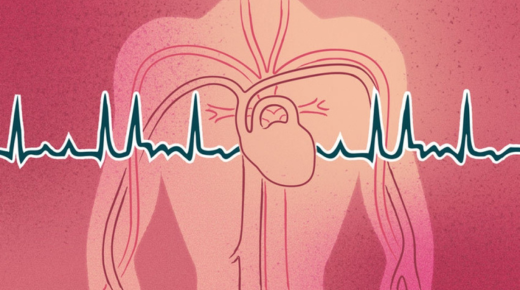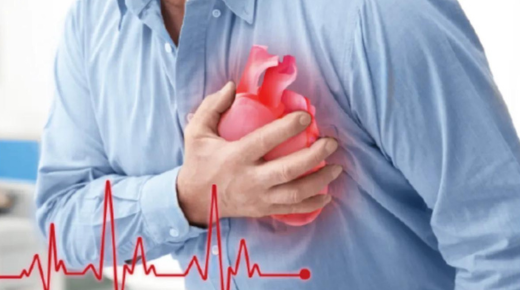Neck pain is one of the most common discomforts experienced by people of all ages. It can occur suddenly or develop gradually due to various reasons such as poor posture, muscle strain, stress, or underlying medical conditions. Learning how to relieve pain in neck naturally and effectively can make a big difference in daily comfort and overall well-being.
Common Causes of Neck Pain
Understanding the causes of neck pain is the first step toward managing it. Some of the most frequent triggers include:
1. Poor Posture
Spending long hours hunched over a computer or smartphone places stress on the cervical spine. This condition, often referred to as “tech neck,” is increasingly common in today’s digital age.
2. Muscle Strain
Overuse of neck muscles—such as sleeping in an awkward position, carrying heavy bags, or sudden jerking movements—can strain the muscles and ligaments in the neck.
3. Stress and Tension
Emotional stress often causes the body to tighten muscles, particularly in the neck and shoulders, leading to stiffness and discomfort.
4. Medical Conditions
Arthritis, herniated discs, or nerve compression may also contribute to chronic neck pain. In such cases, medical evaluation is necessary for proper treatment.
Simple Home Remedies for Neck Pain Relief
While severe or persistent pain should be checked by a healthcare professional, mild neck pain can often be managed at home with simple remedies.
1. Apply Heat or Cold Therapy
Using an ice pack during the first 24 to 48 hours can reduce inflammation, while a warm compress or heating pad can ease stiffness and improve blood circulation afterward.
2. Gentle Stretching Exercises
Neck stretches help improve flexibility and reduce tension. Slowly tilting your head from side to side, turning it gently, or rolling your shoulders backward can help loosen tight muscles.
3. Correct Your Posture
Maintaining proper posture while sitting, standing, and working is essential. Keep your computer screen at eye level, sit with your back supported, and avoid slouching.
4. Stay Active
Light physical activity such as walking, yoga, or swimming can improve circulation and reduce stiffness. However, avoid activities that strain the neck further.
5. Massage Therapy
A gentle massage can ease muscle tightness and promote relaxation. Even simple self-massage techniques using your fingertips can provide relief.
6. Over-the-Counter Medication
Non-prescription pain relievers like ibuprofen or acetaminophen can reduce discomfort and inflammation, but they should be used with caution and only as directed.
Preventing Neck Pain
Prevention is always better than cure. Incorporating healthy habits into your daily routine can minimize the chances of recurring neck pain.
- Ergonomic Setup: Ensure your workstation supports a neutral spine position. Use a supportive chair and keep your keyboard at elbow height.
- Limit Screen Time: Take frequent breaks from smartphones and computers. Practice the “20-20-20” rule: every 20 minutes, look 20 feet away for 20 seconds.
- Choose the Right Pillow: A supportive pillow that aligns your neck and spine can make a huge difference in preventing morning stiffness.
- Stay Hydrated: Drinking enough water helps maintain spinal disc health.
- Manage Stress: Relaxation techniques such as deep breathing, meditation, or mindfulness can reduce stress-related muscle tension.
When to See a Doctor
Although many cases of neck pain improve with self-care, professional evaluation is necessary if:
- The pain persists for more than a few weeks
- It radiates down the arms or legs
- Numbness, tingling, or weakness occurs
- There is difficulty moving the head or shoulders
A doctor may recommend physical therapy, prescription medication, or imaging tests to diagnose underlying conditions.
Final Thoughts
Neck pain can interfere with productivity, sleep, and overall quality of life. By practicing good posture, incorporating stretching, and making small lifestyle adjustments, most cases can be effectively managed at home. However, persistent or severe pain requires medical attention to ensure there are no serious underlying issues. With the right approach, you can reduce discomfort and regain mobility, making it easier to enjoy daily activities without being held back by pain.




